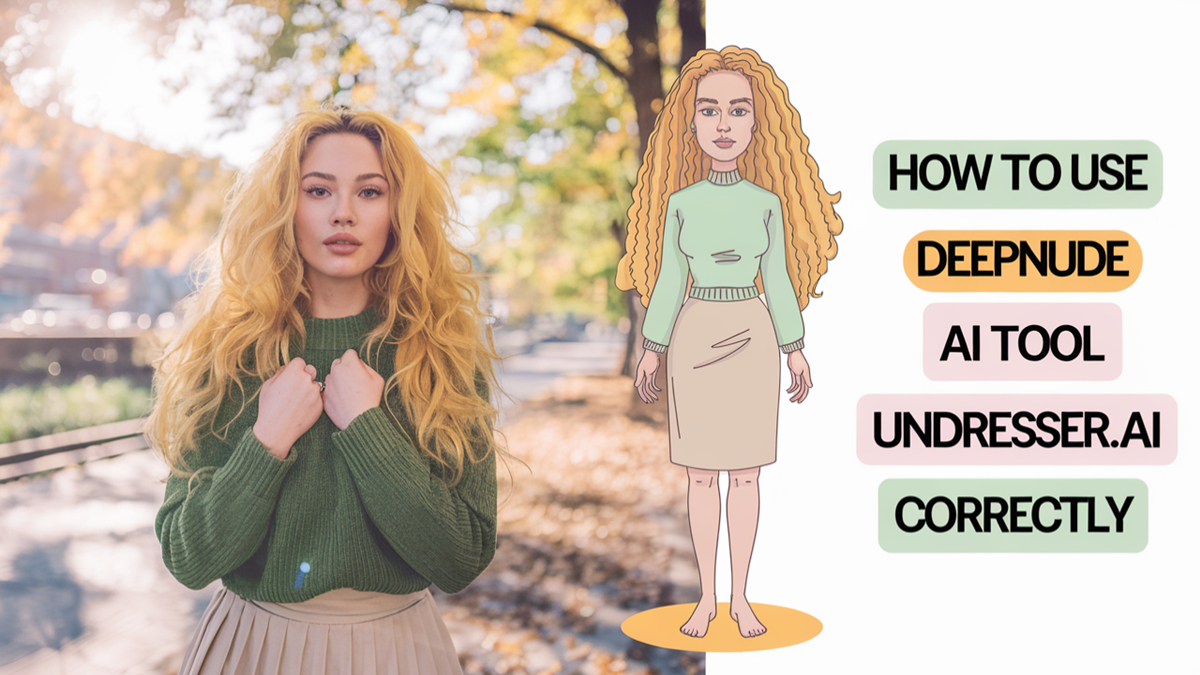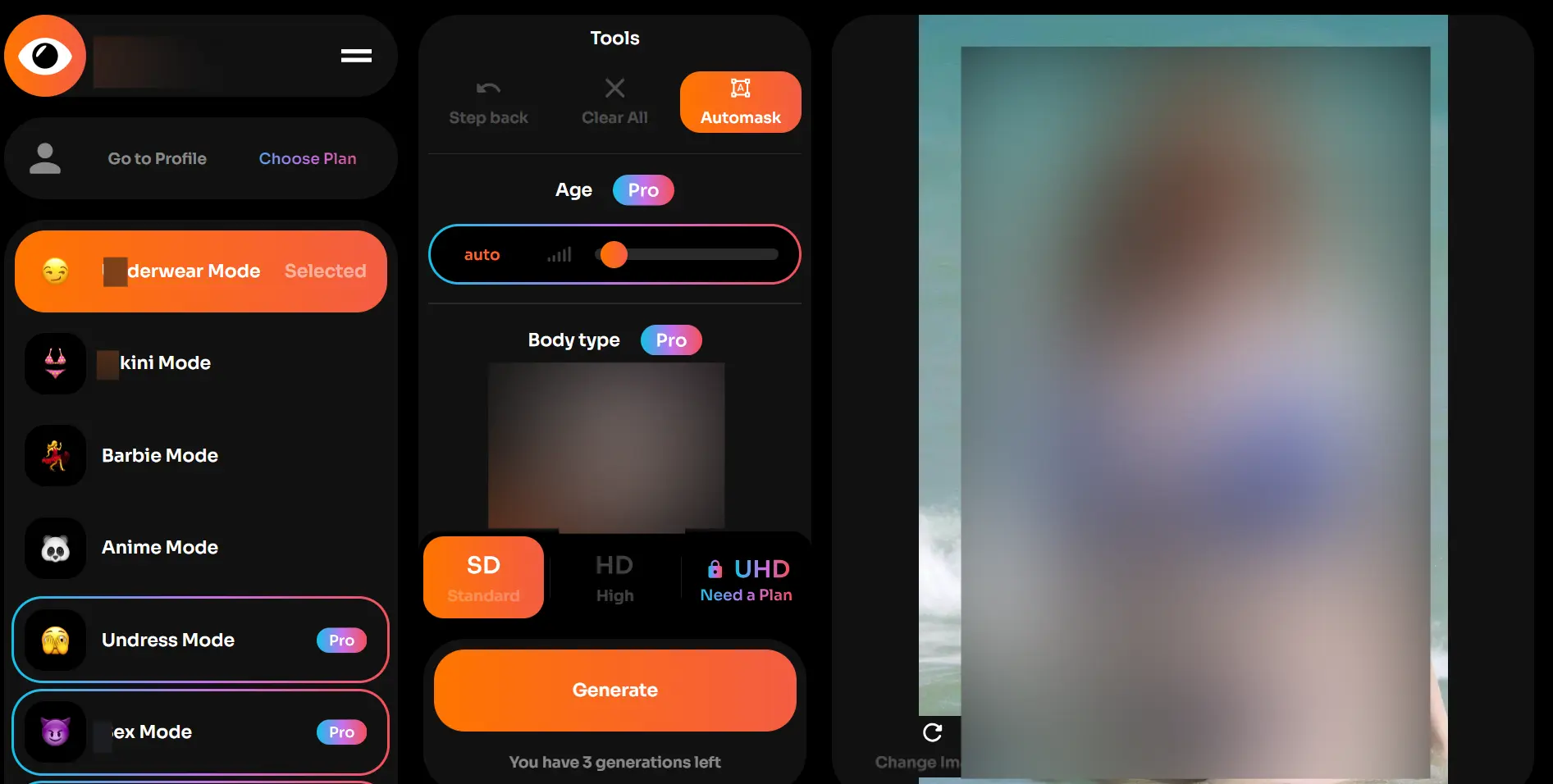AI Clothes Remover: Tools To Remove Clothes From Images - Discover Now!
Can artificial intelligence truly strip away the boundaries of reality, or are we hurtling towards a digital landscape where lines blur beyond recognition? The rise of AI-powered "undressing" technology presents a complex challenge, forcing us to confront the ethical and societal implications of manipulating visual content with unprecedented ease.
The digital world is witnessing a technological revolution, with artificial intelligence (AI) reshaping industries and transforming our daily experiences. Among these advancements, the emergence of AI-powered tools capable of removing clothing from images has ignited a fierce debate. These applications, often referred to as "undress AI" or "deepnude" generators, leverage sophisticated algorithms and machine learning to digitally alter visual content. This capability raises profound questions about privacy, consent, and the very fabric of our digital reality.
The concept, though seemingly futuristic, is rooted in the technical prowess of advanced image recognition and manipulation. These tools, such as clothoff.io and undressher.app, analyze images to identify and isolate clothing elements. They then employ complex algorithms to digitally remove these elements, often with a surprising degree of realism. Platforms like Unclothy and Pixelmaniya offer similar functionalities, albeit with varying levels of sophistication and underlying technology.
- Bryce Adams Leaks What You Need To Know New Info
- Kannada Movies 2025 Movierulz Legal Streaming Options
The core technology behind these applications lies in their ability to "understand" and manipulate images. AI algorithms are trained on vast datasets of images to recognize patterns and features, allowing them to differentiate between clothing, skin, and other elements within a photo. Using this understanding, they can selectively remove clothing, reconstruct the underlying body, and generate a modified image. The sophistication of these algorithms is continuously evolving, leading to increasingly realistic and detailed results.
| Feature | Details |
|---|---|
| Core Functionality | Digital removal of clothing from images using AI. |
| Underlying Technology | Advanced image recognition, machine learning, and deep learning algorithms. |
| Key Platforms/Tools | Clothoff.io, Undressher.app, Unclothy, Pixelmaniya, Anieraser's AI Clothes Remover, Clothoffbot (Telegram bot), Ptool's AI Clothes Remover |
| Process | Image upload, AI processing (clothing detection and removal), output generation (modified image). |
| Customization Options | Often include parameters for body type, pose, outfit replacement (depending on the tool). |
| Ethical Concerns | Privacy violations, non-consensual image manipulation, potential for misuse (revenge porn, harassment, etc.) |
| Legal Implications | Varying based on jurisdiction; potential violations of privacy laws, image manipulation laws, and copyright. |
| User Interface | Often user-friendly, with simple upload buttons and generation interfaces. |
| Modes | Some apps offer various modes, like Unclothy's specific functionalities. |
| AI and Machine Learning | Utilize trained AI models for automation. |
| AI Models | Advanced masking technology for customization. |
| Image Manipulation | Utilize advanced masking technology to trace the dress on images for customization. |
| Examples | Examples of removing clothes from different outfits and situations. |
The practical application of this technology is as varied as it is complex. Some users might explore it for creative purposes, experimenting with image manipulation and digital artistry. Others may find the tools useful for costume design, virtual fitting, or educational demonstrations. However, the technology's potential for misuse cannot be ignored. The ability to generate realistic images of individuals in compromising situations raises significant ethical concerns. The potential for non-consensual image creation, the spread of "revenge porn," and the manipulation of images for malicious purposes are all very real threats.
The widespread availability of these tools on platforms like Undressher, which is described as a simple and convenient image processing tool, and through AI clothes removers available online, presents a challenge to privacy and consent. The capacity to create images that have not been authorized by the subject poses a direct risk to personal safety and reputation. Furthermore, the potential for deepfakes, wherein AI-generated images can be used to impersonate individuals, further exacerbates the problem. The ease with which these tools can be employed adds a layer of complexity, as even individuals with limited technical knowledge can potentially manipulate images.
- The Life Of Bella Tsarnaeva Boston Bombing Aftermath More
- Anna Malygon Onlyfans Leak The Real Story Aftermath
The ethical debate surrounding AI-powered undressing tools is multifaceted. On one hand, proponents might argue for artistic freedom and the exploration of creative possibilities. However, the potential for harm necessitates careful consideration. The lack of consent in image manipulation, the possibility of exploiting vulnerable individuals, and the potential for misuse in harassment and cyberstalking are major ethical concerns. A responsible approach requires a delicate balance between technological advancement and ethical constraints. The question then becomes how to regulate this technology while safeguarding individual rights and preventing its misuse.
The legal landscape surrounding these tools is also evolving. Laws concerning image manipulation, privacy, and consent vary across jurisdictions. Some regions have already begun to enact legislation to address deepfakes and the unauthorized use of AI to create manipulated images. However, the rapid pace of technological development creates a constant challenge for lawmakers. As AI becomes more sophisticated, it becomes increasingly difficult to identify and prevent the generation of manipulated images. International cooperation will be essential to address the global impact of this technology.
The discussion about the use of undress AI also calls into question the definition of content. The question of ownership, authenticity, and the role of context in our image-driven world has become a challenge. The technology of AI makes it possible to generate highly realistic photos, which often blurs the boundary between reality and artificial creation. The way we perceive and trust images is being challenged. We must develop digital literacy, to identify manipulations, verify sources, and adopt critical thinking strategies. This kind of awareness is vital, as we confront the rapid evolution of AI technology.
Efforts towards safe and ethical utilization of AI technologies should prioritize the protection of fundamental rights. The development of ethical guidelines for AI developers and users, as well as the establishment of mechanisms for reporting and addressing abuse, are vital. Transparency is crucial. The public must be aware of the existence and capabilities of these tools. Education on digital literacy and the potential dangers associated with manipulated images is also critical. Such combined strategy can help mitigate risks, protect individual privacy, and promote responsible technological development.
The future of AI-powered image manipulation remains uncertain. Technological advancements will undoubtedly continue, leading to more sophisticated and realistic results. The crucial part of the future is how we respond to these developments. As a society, we must have comprehensive conversations about the ethics, legal implications, and social impact of this technology. This includes a broad range of stakeholders, from AI developers to policymakers, educators, and the general public. The path forward requires an understanding of the rapid development of AI and a commitment to ethical innovation.
Consider the functions provided by clothoffbot or Anieraser's AI Clothes Remover. These tools, in their varying forms, represent the capabilities and problems inherent in this technology. The easy availability of these tools and the increasing sophistication of the algorithms they employ make it essential to consider the broader implications of this technology.
Whether it's exploring the potential of undress.app for seamless digital art, or using ptool's AI clothes remover, users have the option to participate in this developing landscape. This experience, though creative, necessitates a responsible approach.
In conclusion, the arrival of AI-powered "undressing" technology presents a critical moment of development. The capabilities of this technology are groundbreaking, but the accompanying risks must not be ignored. The balance of ethical responsibility and innovation requires ongoing discussion, education, and a commitment to protecting individual rights. The future depends on how we, as a society, understand, regulate, and use this strong technology.
- Hdhub4u Vegamovies Download Scam Alert Watch Legally Instead
- Movierulz Dangers Of Free Movie Downloads Alternatives

How to Use DeepNude AI Tool Undresser.AI Correctly A Guide for

Free AI Undresser
Top 10 Free AI Undresser Tools 2024 by Ayumi Mizkuki Medium